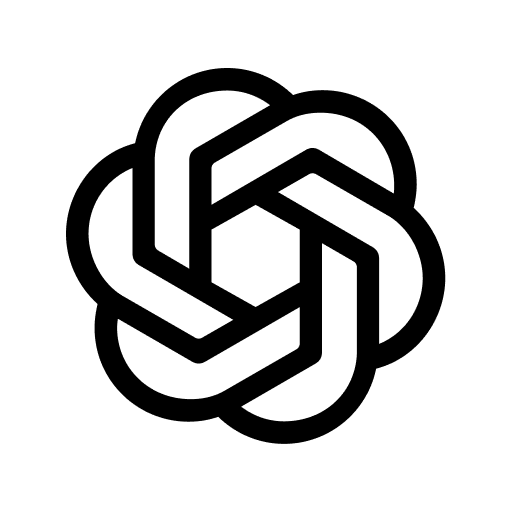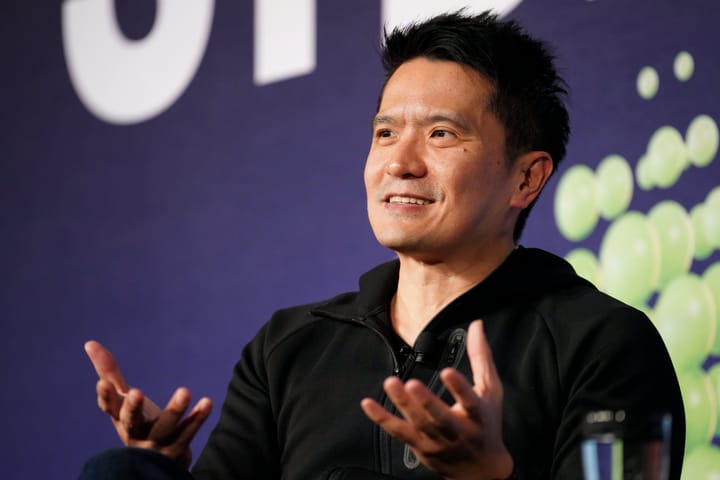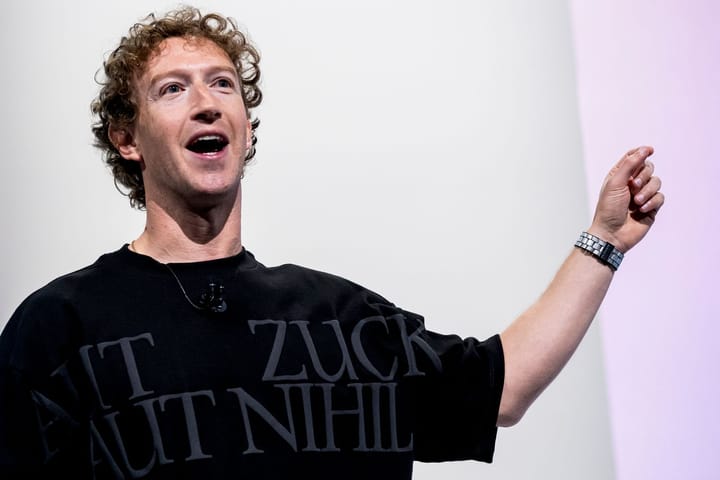OpenAI’s New Rule: Free ChatGPT Images May Soon Come With Watermarks

OpenAI May Soon Watermark Images Generated by Free ChatGPT Users
Free ChatGPT users, your images might soon be branded. OpenAI is reportedly testing a new watermarking system that would label images created by users on the free plan, while keeping those made by paid users clean and unmarked.
This change comes shortly after OpenAI expanded access to its powerful new image generation tool, ImageGen, which has sparked a wave of viral and artistic creations online. But behind the scenes, the company appears to be drawing a clear line between free and paid users.
Let’s break down what this means and why it matters.
Free Images, But With a Catch—Watermarks Incoming?
A New Watermark Code Spotted in Android Beta
AI researcher Tibor Blaho spotted a new line of code in the latest beta version of the ChatGPT app for Android. The code, labeled image-gen-watermark-for-free, strongly suggests that OpenAI will soon stamp a watermark on all AI-generated images created by users on the free tier of ChatGPT.
Blaho posted the discovery on X (formerly Twitter), sparking buzz about a possible new divide between free and paid users.
While OpenAI hasn’t made an official announcement yet, this watermarking move aligns with growing industry pressure to label AI-generated content—and it may also be a subtle nudge to get users to upgrade to ChatGPT Plus or Team plans.
OpenAI’s New ImageGen: What’s the Hype?
ChatGPT’s ImageGen Model Goes Mainstream
Earlier in April, OpenAI rolled out a major upgrade to ChatGPT, giving it powerful image generation features powered by the new ImageGen model—believed to be part of the latest GPT-4o suite.
Originally exclusive to paying users, OpenAI made the tool available to free users last week, and people around the world have been creating everything from Studio Ghibli-style characters to hyper-realistic fantasy scenes.
The reaction was immediate—millions flooded ChatGPT, and social media exploded with AI-generated art, memes, and storytelling visuals.
But with great popularity comes great responsibility... and a little branding.
Why Watermarks Matter—and Why Only Free Users Get Them
Industry Push for AI Transparency
Since AI image tools like ChatGPT, Meta AI, and Google’s Gemini began generating realistic media, governments and tech companies alike have been under pressure to clearly label AI-generated content. The goal? To stop the spread of misinformation and help people distinguish between human-made and machine-made content.
Some companies like Meta and Google already add visible watermarks or hidden digital signatures to their AI images.
OpenAI, however, appears to be taking a softer approach—adding visible watermarks only for free users of ChatGPT.
A Strategic Move to Drive Paid Subscriptions?
While watermarking is being pitched as a transparency feature, the selective application raises eyebrows.
By only applying watermarks to free users’ content, OpenAI may be:
- Encouraging users to upgrade to paid plans for unbranded content
- Protecting the image quality and prestige of ChatGPT Plus users
- Differentiating free vs premium AI outputs for professional use
Many creators, designers, and marketers who want clean visuals may now feel pressured to pay to avoid that watermark tag.
What About Content Rights? OpenAI’s New Terms Raise Questions
On April 4, 2025, OpenAI quietly updated its Terms of Service with an interesting clause about content sharing:
“If you choose to share an image or video publicly on ChatGPT, or to Sora’s explore page, the company will have the right to reproduce, distribute, modify, display, and perform it for the purpose of operating and promoting the Services.”
In other words, if you post something created using ChatGPT publicly, OpenAI can use your content to promote itself.
This further connects the watermark idea to user-generated marketing—watermarked images might help OpenAI promote its free services while subtly showcasing what you’re missing by not upgrading.
Reactions from the AI Community
The AI and tech community has offered mixed reactions to the watermark plan:
. Supporters say watermarking adds much-needed transparency and keeps AI tools accountable.
. Critics argue it creates a two-tier system, pushing free users into second-class status and reducing the value of open access.
. Creators worry that their artistic works may now be stamped with a distracting watermark—hurting aesthetic appeal and shareability.
What Comes Next?
OpenAI has yet to confirm or deny the watermarking feature publicly. But if the code leak is accurate, it may just be a matter of weeks before free-tier ChatGPT users see a visible watermark on their AI-generated images.
Here’s what to watch for:
- Official announcement from OpenAI (possibly during its next update release)
- Changes to the ChatGPT mobile app and web interface
- Watermark design—whether it’s subtle or intrusive
- Reaction from users once it rolls out
A New Era of Labeled AI Art?
As AI image tools grow more powerful and accessible, labeling the origin of digital content becomes more important. OpenAI’s decision to add watermarks—selectively—for free users could mark the start of a broader trend in AI transparency and monetization.
For now, paid users enjoy unmarked, high-quality images, while free users may soon find their creations tagged—not just by AI, but by OpenAI itself.
Whether you’re a casual creator or a serious digital artist, one thing is clear: the lines between free and premium AI are getting sharper, one watermark at a time.



